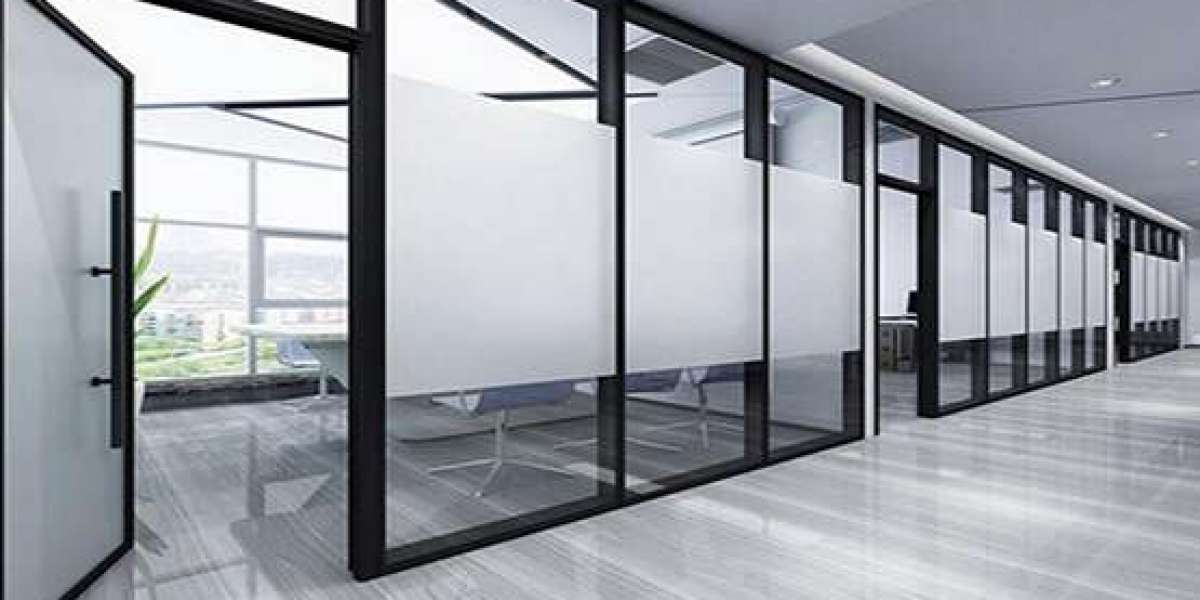Aluminium, with its remarkable combination of strength and lightness, has become a versatile material in various industries. From aerospace engineering to everyday consumer products, aluminium's popularity stems from its excellent corrosion resistance and malleability. In the realm of fabrication, skilled craftsmen employ cutting-edge techniques to shape this metal into functional and aesthetically pleasing structures. In this blog post, we delve into the world of aluminium fabrication work, exploring the processes, applications, and the artistry involved in transforming raw aluminium into finished products.
Understanding Aluminium Fabrication:
Aluminium fabrication is a comprehensive term encompassing a range of processes aimed at shaping and assembling aluminium structures. The process begins with the extraction of raw aluminium from bauxite ore, followed by refining and alloying to achieve the desired properties. Aluminium fabrication involves cutting, bending, welding, and finishing, with each step demanding precision and expertise.
Cutting and Shaping:
The initial phase of aluminium fabrication involves cutting the raw material into the desired shapes and sizes. Advanced cutting techniques, such as laser cutting and waterjet cutting, enable craftsmen to achieve unparalleled precision. The malleability of aluminium allows for intricate shaping and forming, making it an ideal material for creating complex designs.
Welding and Joining:
Welding plays a crucial role in aluminium fabrication, as it allows craftsmen to join individual components to create a cohesive structure. Aluminium's high thermal conductivity presents challenges in welding, but skilled welders employ techniques like TIG (Tungsten Inert Gas) welding to ensure strong and durable joints. The welding process demands finesse and attention to detail to prevent deformation or weakening of the material.
Finishing Touches:
Once the components are assembled, the fabrication process enters the finishing stage. This involves smoothing rough edges, applying protective coatings, and sometimes adding decorative finishes. Anodizing, for example, enhances corrosion resistance and provides a range of colors to suit different applications. The finishing touches not only improve the aesthetic appeal but also contribute to the longevity and functionality of the fabricated aluminium product.
Applications of Aluminium Fabrication:
The versatility of aluminium fabrication finds application in various industries, showcasing the adaptability and strength of this remarkable metal. In the automotive sector, aluminium is used to fabricate lightweight yet sturdy components, contributing to fuel efficiency. In architecture, aluminium fabrication produces durable and corrosion-resistant windows, doors, and facades. The aerospace industry relies on aluminium for its structural components, benefiting from its strength-to-weight ratio.
The Artistry in Aluminium Fabrication:
While aluminium fabrication is rooted in science and precision engineering, there is also an undeniable artistry involved. Skilled craftsmen bring designs to life, manipulating the metal with a delicate touch to create intricate patterns and shapes. The artistry in aluminium fabrication is evident in the seamless integration of form and function, where aesthetics complement structural integrity.
Conclusion:
Aluminium fabrication work stands at the intersection of science and art, showcasing the incredible capabilities of this versatile metal. From its extraction to the final product, aluminium undergoes a series of processes that demand expertise and precision. The applications of aluminium fabrication are vast and varied, highlighting the indispensability of this material in modern industries. As we continue to push the boundaries of design and engineering, the art and science of aluminium fabrication work will undoubtedly play a pivotal role in shaping the future of manufacturing.








